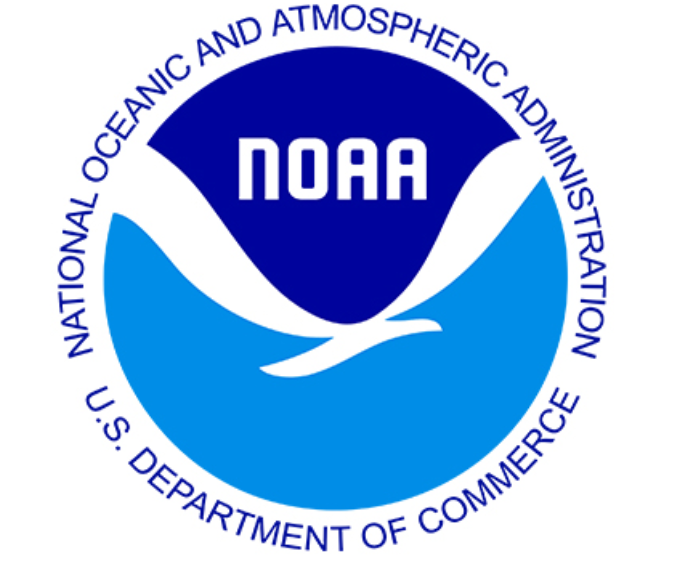A 2-year MS graduate position is available in the Ecosystem Ecology Group of the Stroud Water Research Center. This position will focus on investigating the origin and transport of river algae in the main stem and tributaries of the Delaware River Basin (DRB). The student will be based and advised by Dr. Peipoch at the Stroud Center located in Avondale, PA, and will be enrolled in the Water Science & Policy at the University of Delaware located 20 min from the Stroud Center. The student will be part of an NSF-funded project focused on understanding regional and continental-level patterns in river algal sources, productivity, and transport dynamics by linking high-frequency data from a network of in-situ chlorophyll sensors and field sampling at a finer spatial scale.
Applicants from various backgrounds will be considered, including biology, hydrology, ecology, environmental science, chemistry, or related disciplines. The expected beginning stipend for this position is $29,333 and a tuition waiver will be provided throughout the duration of the project. The preferred starting date is June 2023.
Interested candidates should contact Dr. Marc Peipoch (mpeipoch@stroudcenter.org) for further inquiries and/or questions about this opportunity. Applications for summer and fall semesters are due by February 1, 2023. Specific instructions for the application can be found at https://www.udel.edu/academics/colleges/grad/prospective-students/grad-admissions/.




